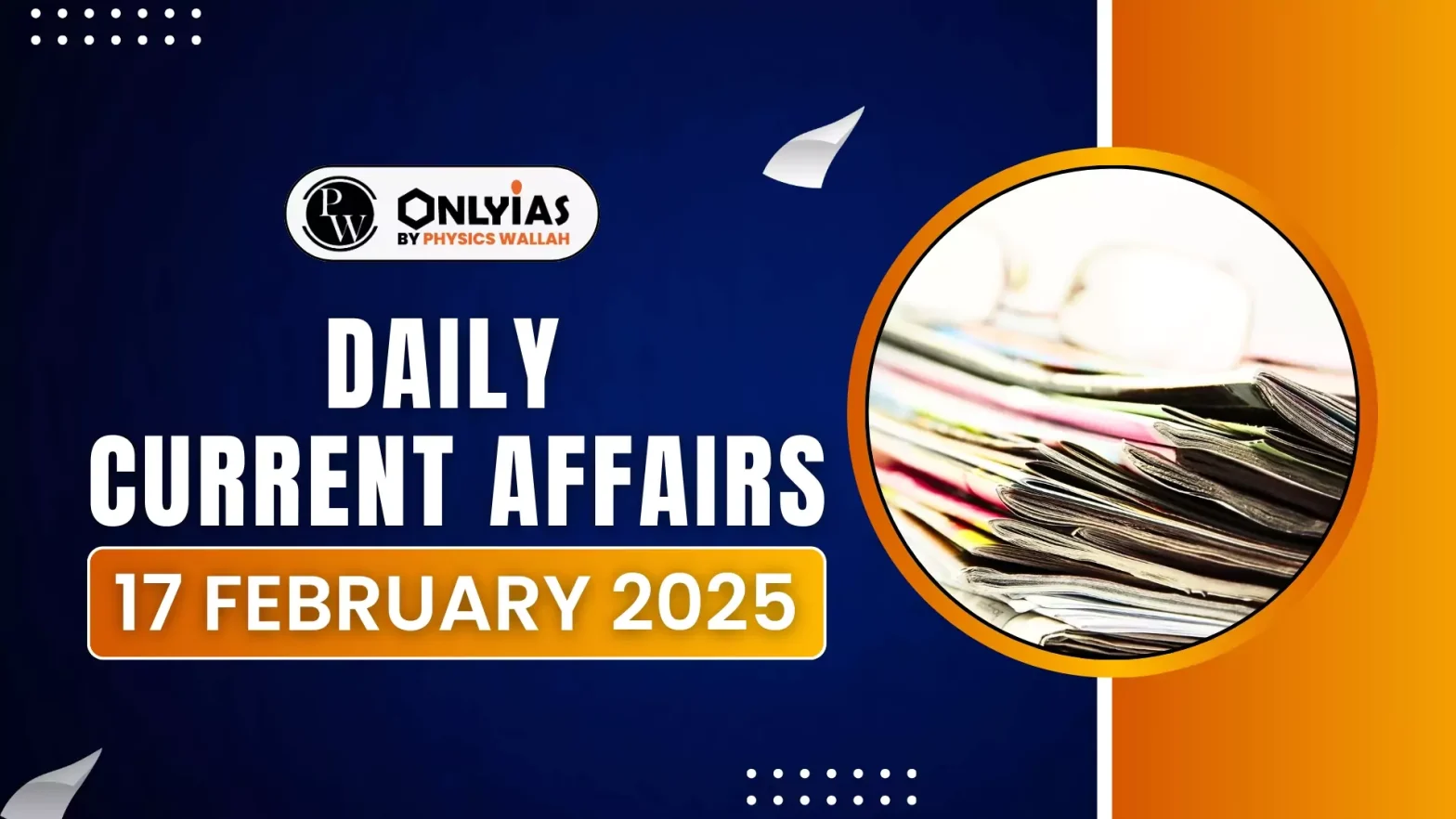US President Donald Trump has announced the sale of the F-35 fighter jets to India after his bilateral meeting with Prime Minister Narendra Modi.
- Early last week at Aero India 2025 in Bengaluru, both the U.S. F-35 and Russia’s SU-57 were showcased.
F-35 vs SU-57: How Do They Compare?
Both are fifth-generation stealth fighters, but they differ significantly in capability, cost, and adoption.
Key Comparisons:
| Feature |
F-35 (USA) |
SU-57 (Russia) |
| Manufacturer |
Lockheed Martin |
Sukhoi (UAC) |
| First Flight |
2006 |
2010 |
| Seating |
Single-seat |
Single-seat |
| Engines |
Single-engine (Pratt & Whitney F135) |
Twin-engine (Saturn AL-41F1) |
| Top Speed |
Mach 1.6 |
Mach 1.8 (after burner) |
| Range |
2,172 km |
2,999 km |
| Max Altitude |
50,000 ft |
54,100 ft |
| Stealth Capabilities |
Advanced radar-absorbing materials, low radar cross-section |
Serrated exhaust nozzle for reduced radar/IR signature |
| Avionics & Sensors |
Electro-Optical Distributed Aperture System (DAS), Electro-Optical Targeting System (EOTS) |
AI-assisted avionics, radar system spread across body |
| Weapons Payload |
8,160 kg |
7.4 tonnes |
| Operational Units |
1,000+ globally |
Only ~40 produced |
| Unit Cost |
$80M – $115M |
Significantly cheaper (exact cost unknown) |
| Stealth Reliability |
Proven in combat (U.S. & NATO ops) |
Some concerns over stealth effectiveness |
| User |
17 countries (U.S., UK, Australia, etc.) |
No confirmed foreign buyers |
| Advantages |
- Cutting-edge technology (stealth, sensors, networking)
- Strong U.S. support & ecosystem
- Combat-proven
|
- Lower cost than F-35
- Twin-engine (better for long-range operations)
- Potential for technology transfer local co-production with Russia
|
| Challenges |
- High cost of procurement & maintenance
- U.S. restrictions on usage & technology transfer
- Single-engine, whereas IAF prefers twin-engine fighters
|
- Limited production & reliability concerns
- Unproven in combat
- Stealth capabilities questioned
|
Which One Should India Choose?
- The F-35 offers superior stealth, technology, and combat experience, but at a high cost and with U.S. restrictions.
- SU-57 is cheaper and twin-engine, but it lacks operational maturity and global adoption.
- India must balance immediate needs with its long-term goal of self-reliance in fighter jet development (AMCA program).
Why Does India Need a 5th-Gen Fighter?
- India’s indigenous Advanced Medium Combat Aircraft (AMCA) is under development but unlikely to enter service before 2036.
- India’s adversaries (China & Pakistan) are rapidly acquiring stealth aircraft, creating a potential air superiority gap for the IAF.
- China is rapidly expanding its J-20 fleet (~300 by 2030). And developing the J-35A.
- Pakistan acquiring J-31 stealth fighters and collaborating with Turkey on the KAAN fighter.
- A widening stealth gap in the IAF’s fleet could compromise India’s air defense capability in the 2030s.
- India currently operates 4.5-generation fighters like the Rafale, but lacks a true fifth-generation jet. India risks being outmatched by stealth technology in future conflicts
Conclusion
- The potential F-35 deal raises key questions about its impact on India’s self-reliance goals in defense.
- Its high cost, integration challenges, and strategic dependencies need to be carefully evaluated before any decision.
![]() 17 Feb 2025
17 Feb 2025

